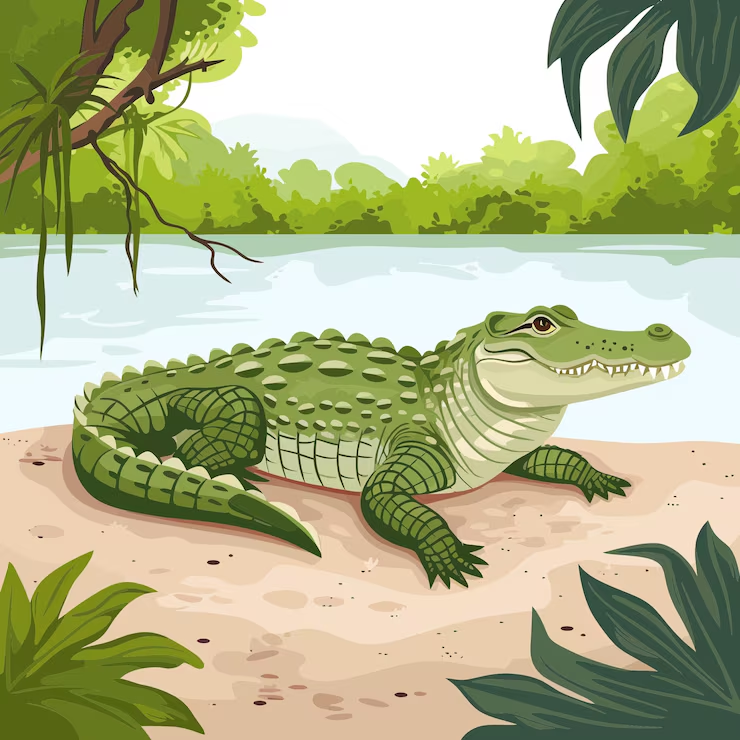Answers For The Klondike Gold Rush of Canada
Answers and detail explain for The Klondike Gold Rush of Canada
Explain
The Klondike Gold Rush of Canada

NARRATOR: Today, I'm going to talk about an incredible event in the history of Canada, the Klondike Gold Rush. Between 1896 and 1899, over 100000 people set out to see gold in the Klondike region, a remote area in Northwestern Canada. Only 4000 people were actually successful. Let's start by considering the journey people have to take in order to reach the Klondike River and start looking for gold.
For most gold seekers, their journey began in Alaska in a town on the coast called Skagway. From Skagway, one option was to take the White Pass Trail through the mountains. It probably looked easy enough at the beginning of the trail, but rocks made it difficult to make progress. On top of this, the 1men and their horses got stuck in the thick mud that covered long sections of the trail. The other option was the Chilkoot Trail. Now, although this trail was only about 35 miles long, it took about three months for the gold seekers to cover this distance. This is because the trail was 2incredibly steep and people had to make the same trip multiple times in order to transport their equipment.
Most people really had very little idea about how difficult the journey was going to be. So although 100,000 may have set out on those two trails, only about 300 got to the end. So yes, the majority gave up. Often they were suffering from starvation or disease. They also 3came to the terrible realization that their journey was likely to end in failure, and so they turned around. Anyway, for those gold seekers who did continue, they eventually reached Lake Bennet. They might have expected that their journey was going to become easier at this point. But no. Because the lake was frozen over, many people had to wait until spring before they could continue their journey. In the meantime, 4a tent was the only protection they had from the cold. While they were waiting, people cut down trees and made boats. Once the ice melted, they could sail across the lake and start down the Yukon River again. This wasn't the end of their troubles. Once they reached a point of the river called Miles Canyon, things became very dangerous indeed. Many boats were destroyed in the rapids. In order to proceed down the Yukon River, the gold seekers 5needed to employ a real sailor, someone who could steer their boats and get through the canyon safely. From here on, the worst was over, and the gold seekers could sail to a place called Dorsen at the mouth of the Klondike River.
So earlier on, I mentioned the gold seekers needed to make multiple trips up and down the two trails. This is because they had to transport an enormous amount of equipment. This equipment was set out on a very long list. It was actually the 6police who gave gold seekers the list. Since they knew how unprepared many people were for the journey. People were obliged to take enough supplies to lessen a year. So the list included clothing like boots and warm winter coats. There was also the food the gold seekers required. Perhaps items like tea weren't too hard to carry, but 7400 pounds of flour would have been very heavy indeed. The gold seekers had to take a lot of tools as well. Everything they needed for digging, for building and so on. Things like rope were essential and could be packed away without too much difficulty. But imagine having to carry 8two or three buckets with you. All these things were compulsory.
So some people became very successful because of the gold rush and not because they had actually found gold themselves. Those who were business minded so many opportunities, they sold the supplies that the gold seekers needed. They established hotels and so on. And then there were people like Jack London. London was one of the gold seekers that actually survived the terrible journey, but he didn't find much gold. Still, he was inspired to write. Through his vivid description, his readers could 9share the feeling of adventure even from the comfort of their armchair. Finally, it wasn't just men that tried to seek their fame and fortune, many women also headed up the trails. Among them were Annie Hall Strong and Emma Kelly. In the US and in other parts of Canada, ordinary citizens were keen to read about life in the Klondike. 10Working for different newspapers, Haul and Kelly often described their first hand experience of danger and hardship.
Another thing that needs to be discussed
Questions 1 - 10:
Complete the notes below. Write ONE WORD ONLY for each answer.
The Gold-seekers’ journey to the Klondike river• Many gold-seekers set off from Skagway in Alaska. The Equipment gold-seekers had to take• The 6 (police) provided gold-seekers with a list. People who became successful because of the gold rush• Some business-minded people sold supplies or set up hotels. |
![[Forecast Q2-2025] - Biology lecture](https://static.helik.app/reading/8fd3d7d2-ccf9-47a3-8920-2e7a3b0d6607)
![[Forecast Q2-2025] - Living in the City](https://static.helik.app/reading/1a60bcf3-f3a7-4e9b-97a2-94d156a0de3b)
![[Forecast Q2-2025] - Student Union](https://static.helik.app/reading/fb443123-8c1d-447e-8c79-5a01650f4754)
![[Forecast Q2-2025] - Fruit-picking Job in an Orchard](https://static.helik.app/reading/e1968346-6c55-44ae-b8d3-f6a4fb7207b9)
![[Forecast Q2-2025] - University Crime Prevention](https://static.helik.app/reading/bdda593e-16d6-4c72-8a12-b116e917b27c)
![[Forecast Q2-2025] - Business Course](https://static.helik.app/reading/3308e282-99a6-4bcb-9d22-0b488701d968)
![[C20T1] - Choosing a restaurant](https://static.helik.app/reading/e9b21123-c43c-42fb-88b7-5d0be3a37e03)
